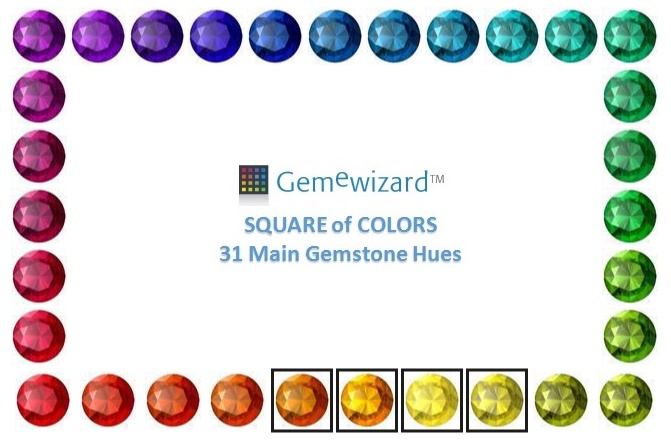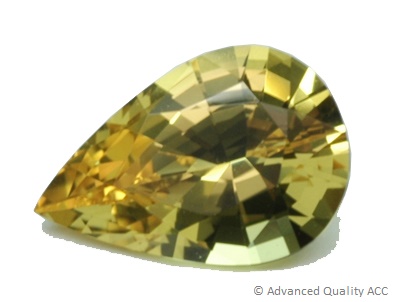Sapphire and ruby are members of the corundum family, a group of crystallized aluminum oxides. Both have exactly the same chemical composition and only small amounts of coloring trace elements distinguish between them. Sapphire and ruby both are considered among the most important and valuable gemstones available.
Although yellow sapphires of medium to low qualities are found in quite large quantities, fine quality highly saturated yellow gems are rare and valuable. Their close resemblance to yellow diamonds is perhaps the cause of their growing popularity in recent years. They usually possess high clarity and frequently have fewer inclusions than sapphires of other colors. Yellow sapphires with a noticeable secondary hue, such as gray, brown and green are common and command lower prices.
Much of the yellow sapphires undergo heat treatment to remove secondary unwanted tints. In recent years, beryllium diffusion treatment is commonly used to improve clarity and color. This treatment may transform even worthless rough into vibrant, vividly-colored gems.
LEGEND AND LORE
Sapphire is the birthstone for the month of September and the gemstone representing the fifth and 45th wedding anniversaries.
Yellow sapphire is thought to stimulate the intellect and to enhance the ability to focus on goals and ambitions until they are fulfilled. It is believed to attract wealth and good fortune and to bring prosperity to the owner. It is alleged to remove toxins from the body and to treat liver and gallbladder problems. Yellow sapphire helps energize one emotionally, by stimulating excitement and joy, boosting confidence, overcoming fear and building courage.
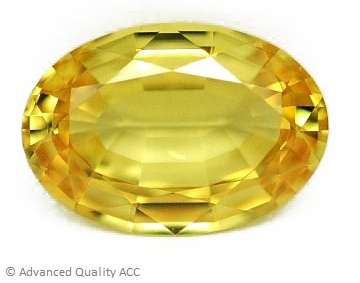
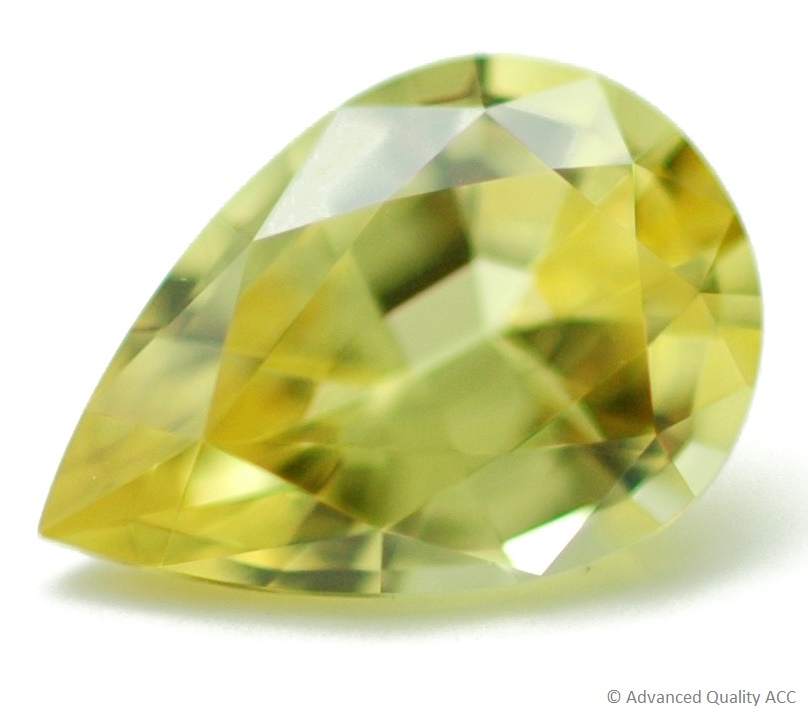
YELLOW SAPPHIRE COLORS
Yellow sapphire colors range from pure yellow to yellowish Orange (6) to greenish Yellow (9). They can be found in pale to canary yellow, gold, honey and more.
The yellow color in sapphires may be the result of two very different causes. The most common cause is the presence of the coloring element, iron, in the crystal. The more iron in the crystal structure, the more saturated the sapphire's color. Many yellow sapphires also include titanium which causes an undesirable green tint. Another cause for the natural yellow color is natural low-level radiation within the earth.
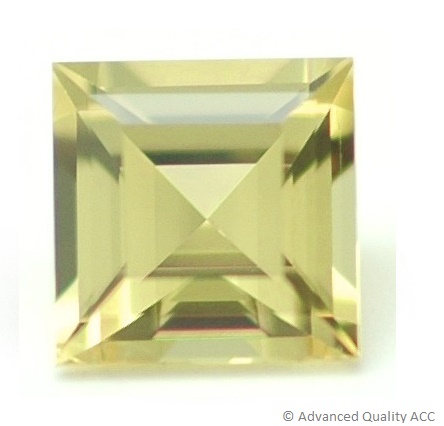
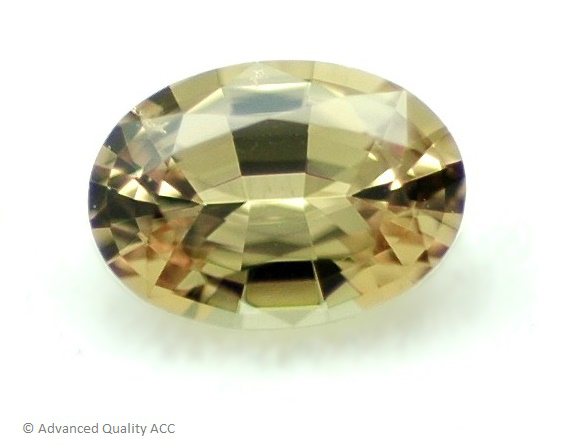
YELLOW SAPPHIRE SOURCES
The primary source of fine quality yellow sapphires is Sri Lanka, which produces almost all of the fine quality yellow sapphires in the market. Recently, Madagascar has also began producing fine-quality yellow sapphires in much smaller quantities.
Other sources include Tanzania, Kenya, Thailand, Myanmar, Cambodia, India, Australia and USA, however yellow sapphires from many of these sources tend to possess secondary color overtones and are usually found in smaller sizes.
PHYSICAL PROPERTIES
Variety: Sapphire
Species/Series: Corundum
Chemical Composition: Aluminum oxide (Al2O3)
Crystal System: Trigonal
Color: All colors, except red (blue, colorless, pink, orange, yellow, green, purple, black)
Hardness: 9
Refractive Index: 1.762 to 1.77 (+0.009/-0.005)
Specific Gravity: 4.00 (+0.10/-0.05)
For information on other Sapphire colors, select Sapphire in the Gem Type field.
Properties: RI 1.762-1.77 HARDNESS 9 SPECIFIC GRAVITY 4.0 SPECIES-CORUNDUM OPTIC CHARACTER-DR PHENOMENA-CHATOYANCY(VERY RARE)
Reactions: Ultrasonic: usually safe Steamer: usually safe Heat: poor;may sometimes improve color, but may cause loss of color Chemicals: borax
Major Sources: Australia, Thailand, Sri Lanka, Myanmar, India
Grading Information: GEM, AAA, AA, A+, A, B
Enhancement Code
Specific Gravity: 3.99



a.jpg)
